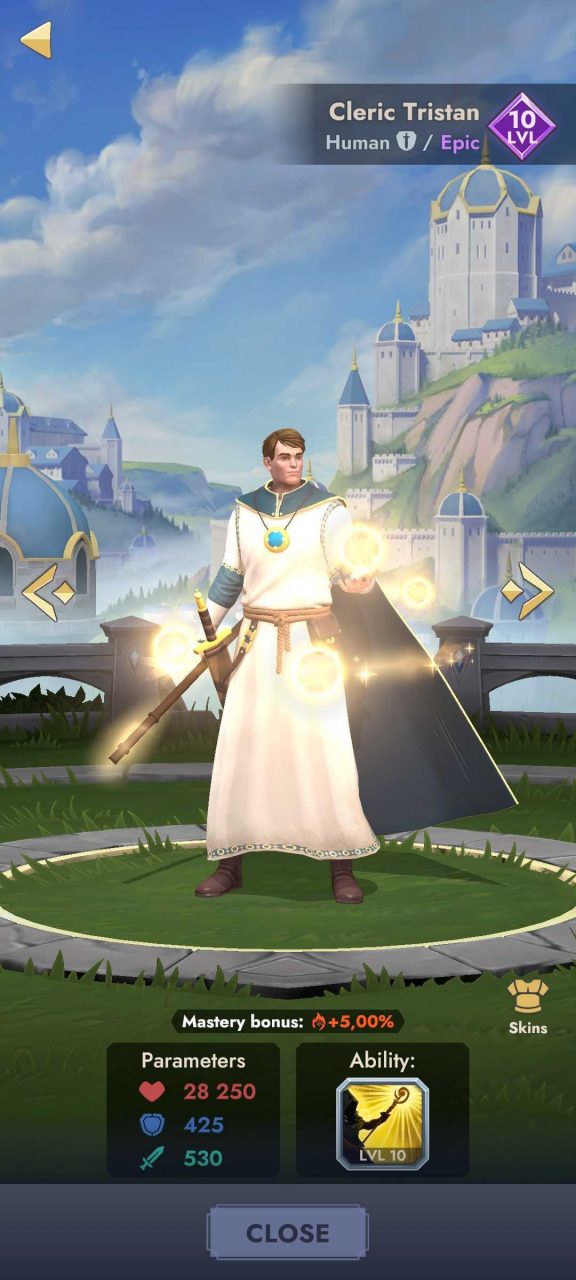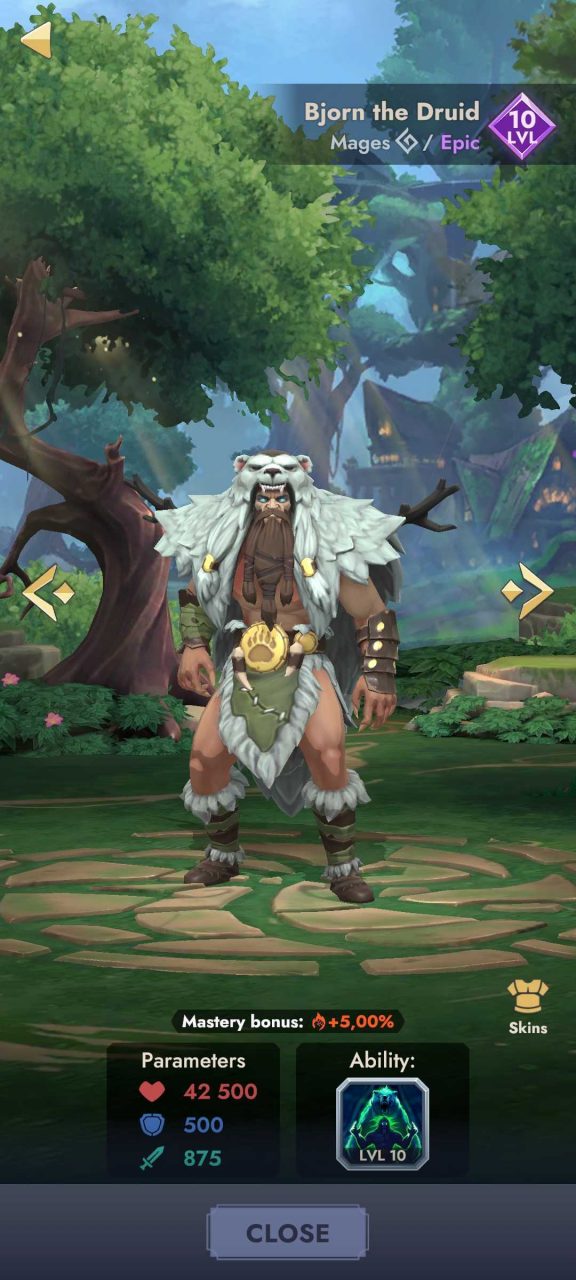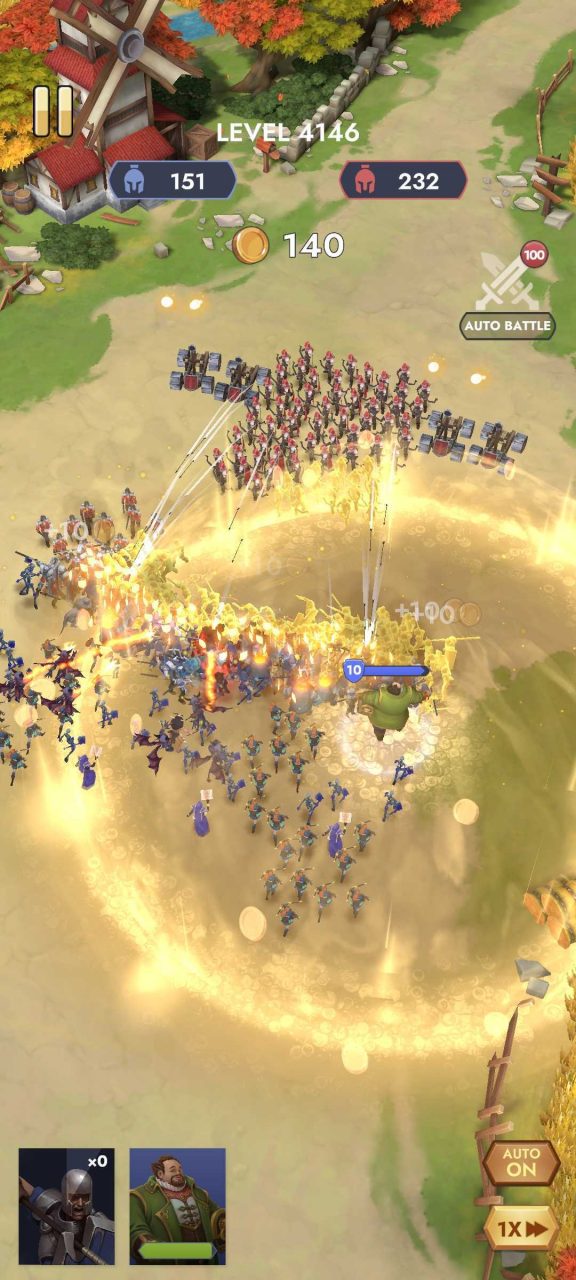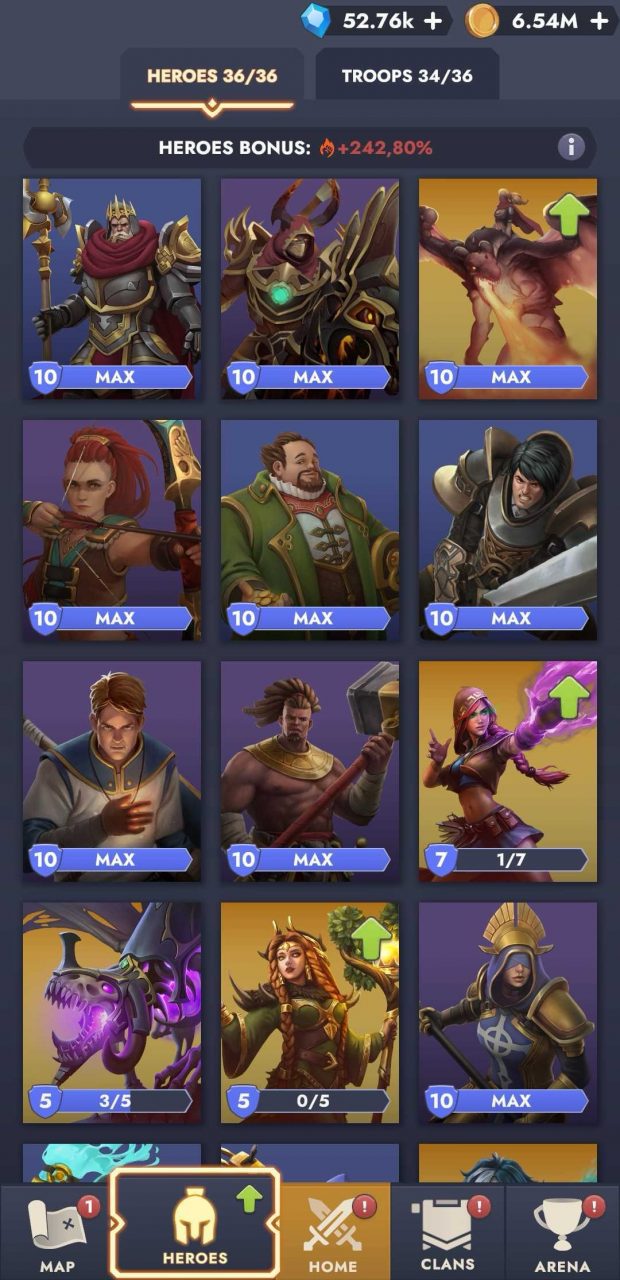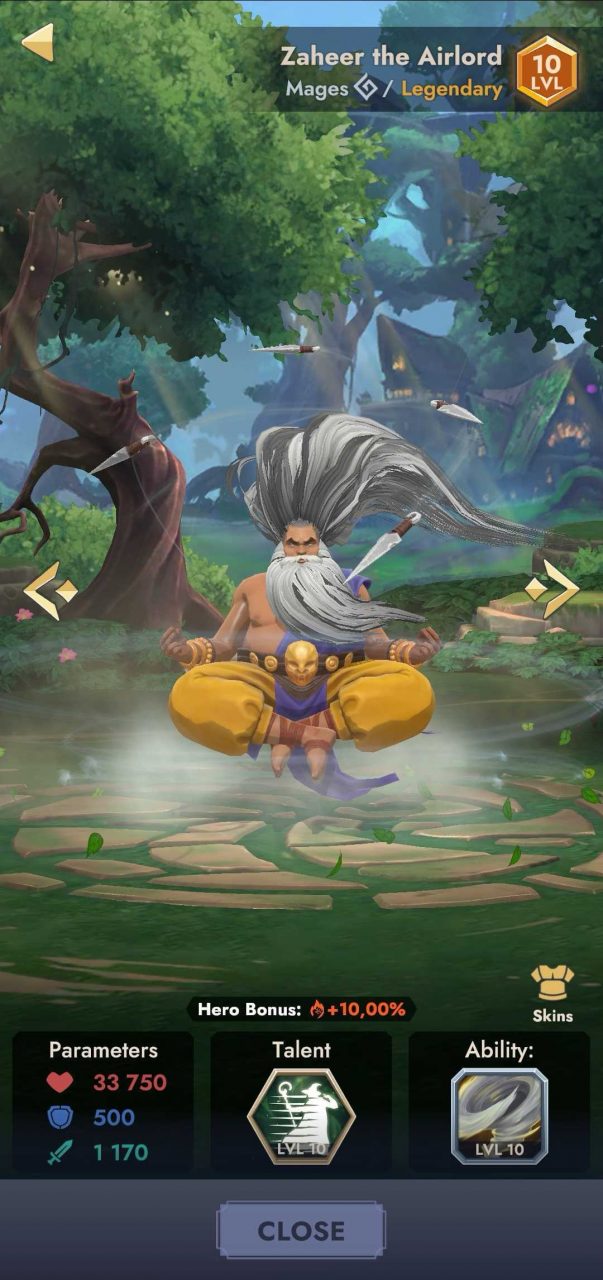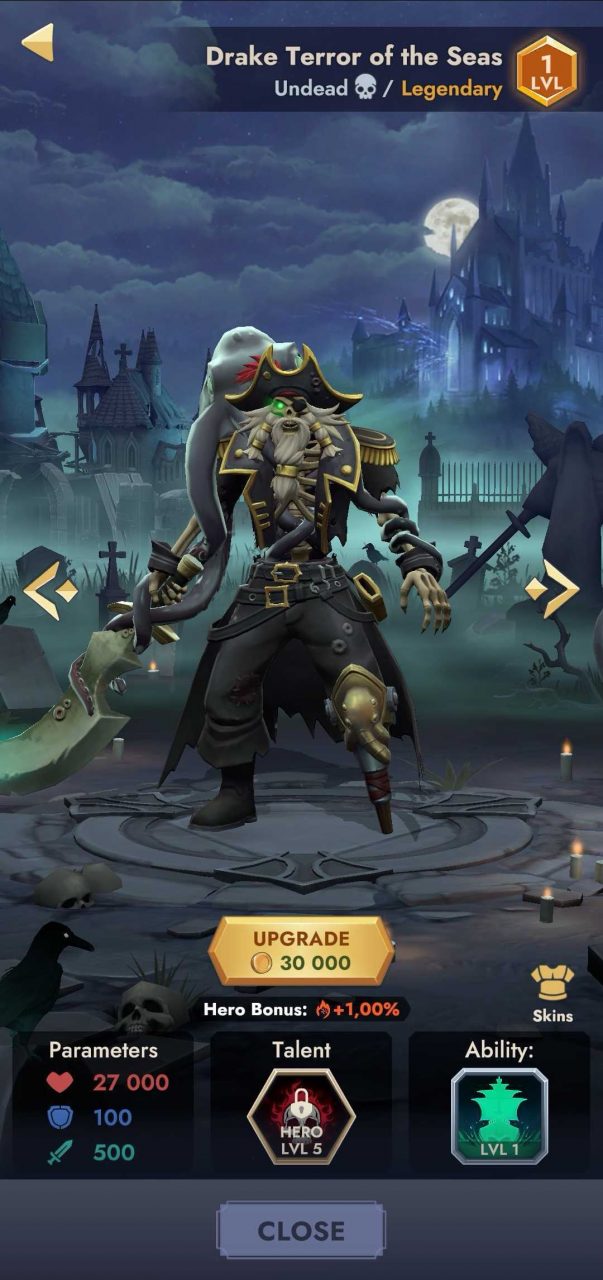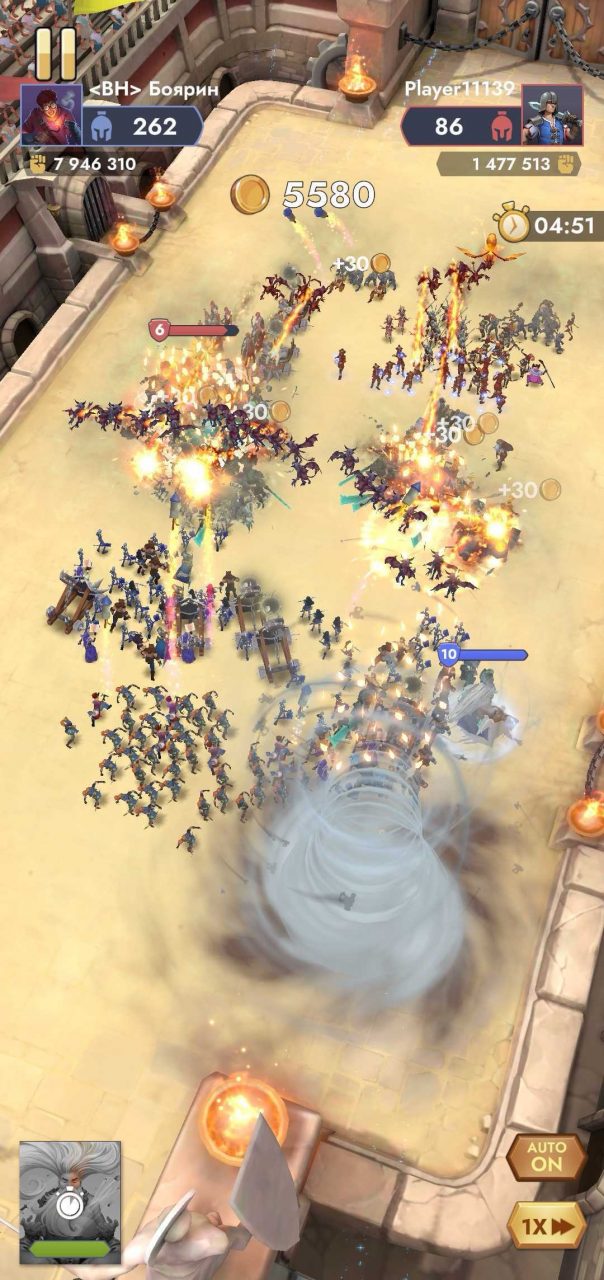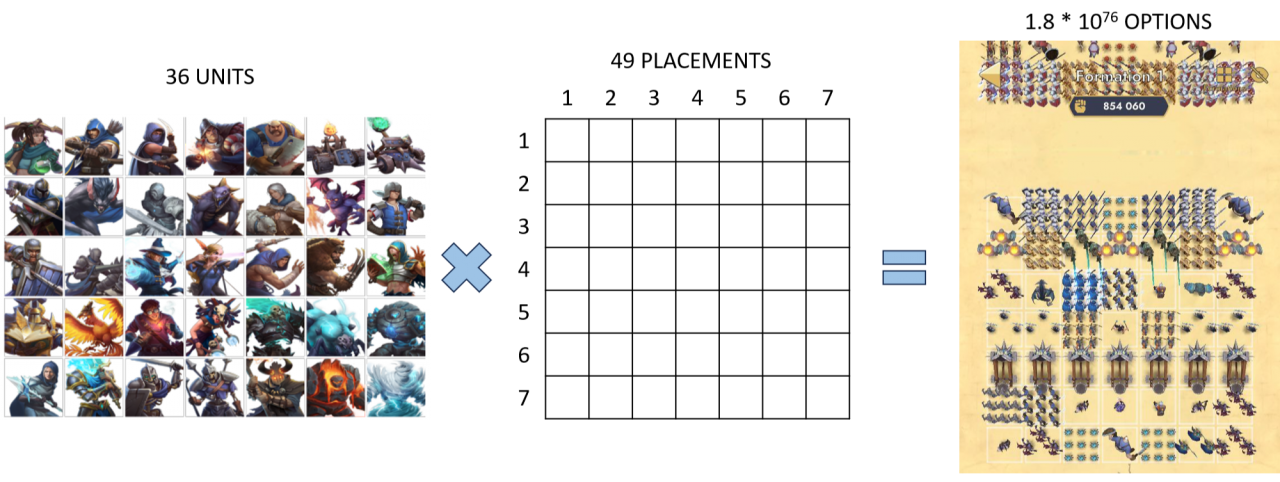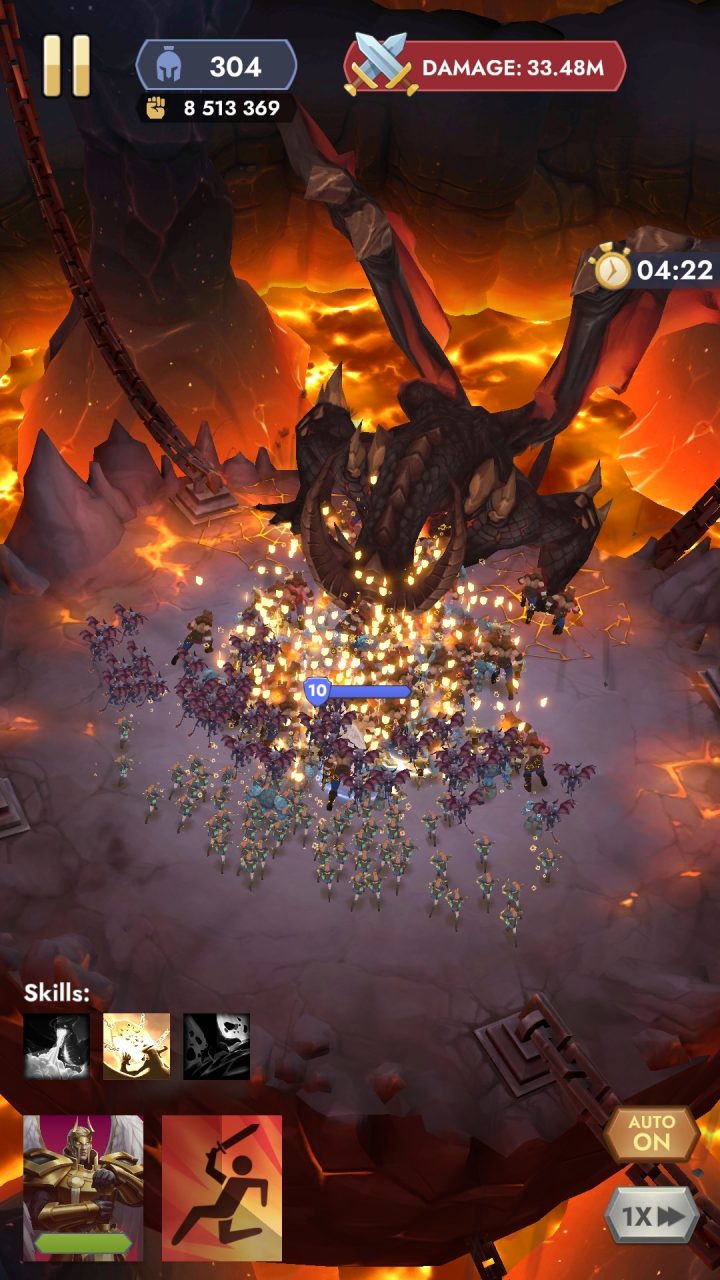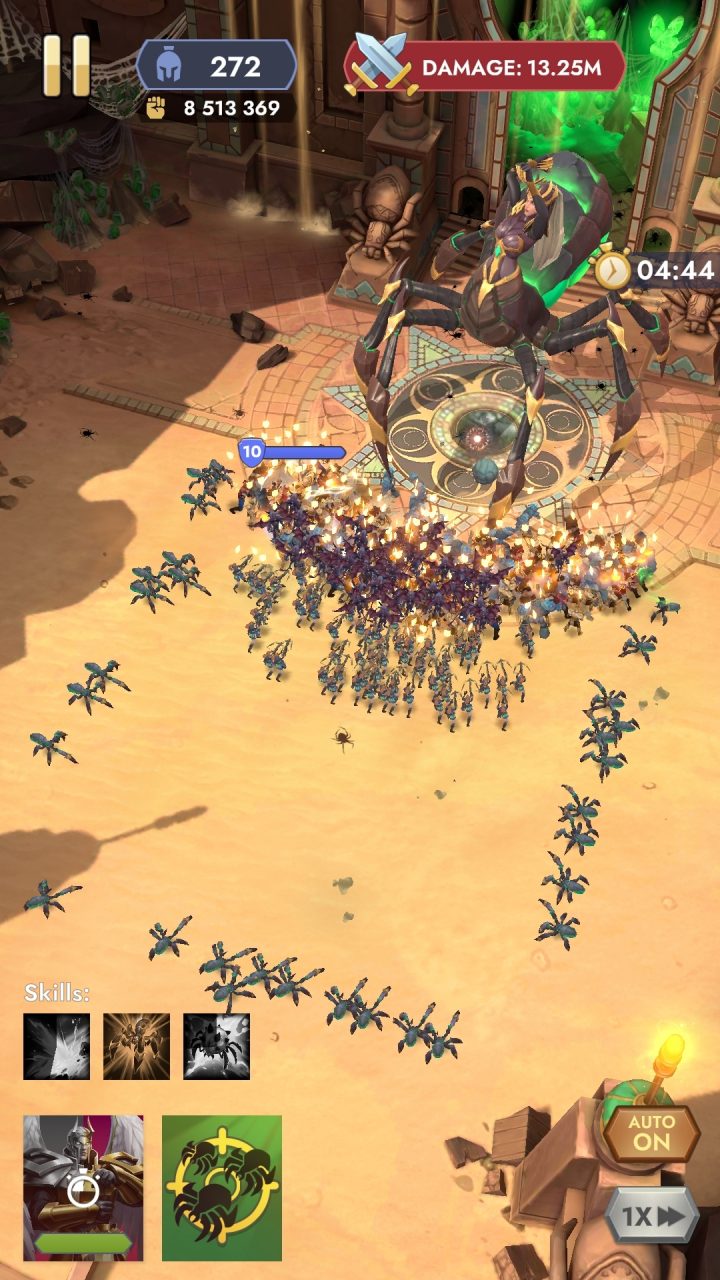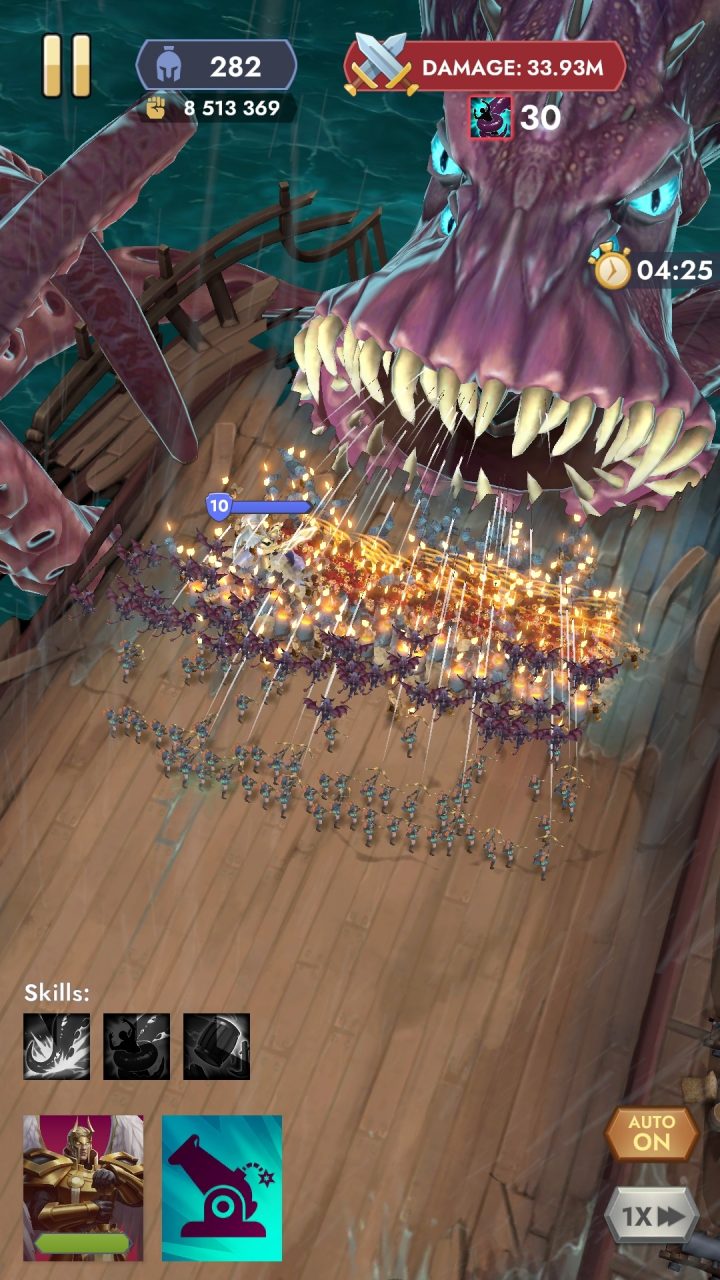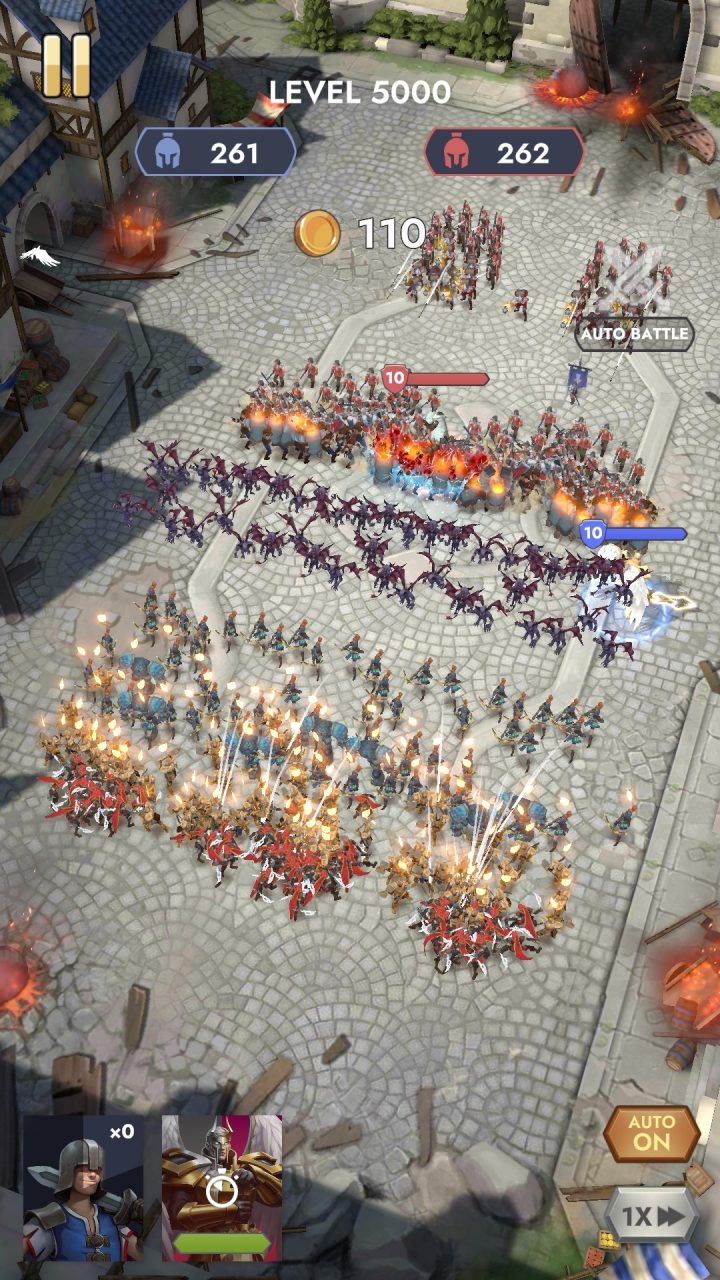Azur Games opens access to the Azur Games Analytics platform
International mobile game publisher and developer Azur Games has launched an open version of its internal analytics system, Azur Games Analytics. It’s now available to all studios, with early adopters receiving free access as part of the initial onboarding wave.
The platform was originally developed for Azur Games’ own midcore and hybrid-casual projects, as well as for partner studios in publishing. Now, external developers can also access Azur Games Analytics — a system battle-tested across hundreds of live projects. The main goal is to bring creative performance, monetization, and player behavior together in one system designed for fast iteration and scalable development.
“We decided to open access to the platform because flexibility in approach is key to successful publishing today. Many developers try to self-publish, but the biggest headache is still figuring out which metrics actually reflect a project’s payback. A single misstep can cost millions — a critical hit for most studios. The old model, where UA and product analytics live on different planets, simply doesn’t work anymore,” said Maxim Kozhnov, CRO at Azur Games.
The platform offers pre-built dashboards, flexible integration options, and high-speed performance even at scale. With over 10 billion installs, Azur Games is among the top gaming publishers worldwide by downloads (according to AppMagic, 2025), and the backend of Azur Games Analytics has been optimized to handle massive volumes of data.
“Our solution is to build end-to-end logic connecting acquisition metrics with in-game behavior. That way, teams can track real-time performance and optimize traffic on the fly. Autobidding handles rollout across all channels, so devs can stay focused on improving the core loop, finding new ways to boost metrics, increasing retention, LTV — whatever the project needs at its current stage. One important note: the architecture of Azur Games Analytics was born out of real production needs. It wasn’t built for investor presentations. It was built to help launch and operate successful products,” added Maxim Kozhnov, CRO at Azur Games.
A key technical advantage is real-time generation of cohort reports and behavioral segments, regardless of server load.
The following data sources are supported:
- event tracking and data from MMPs, Google Play, App Store, ad networks, and mediation services;
- export from any database or storage to external BI tools like Amazon or ClickHouse.
In terms of marketing and monetization, the platform supports:
- CPI, IPM, CR, ROAS, and LTV forecasts, with customizable KPIs;
- granular breakdowns by country, source, campaign, creative, and publisher ID;
- integration with Google Ads, Unity Ads, AppLovin, Mintegral, TikTok, and more;
- ROI models with adjustable payback windows;
- bid and budget changes directly from the BI interface, plus autobidding and autoscaling for campaign efficiency.
In product analytics, the platform tracks far more than just D1/D7 — it maps user behavior across engagement points and gameplay structures, tailored to each project’s needs. Azur Games Analytics enables decision-making based on interconnected data, without the need to set up a custom pipeline or wait on a complex BI implementation.
The system has already been used internally on dozens of successful Azur Games titles and continues to evolve in real time for a wide range of tasks, from scaling profitable products to launching new ones. All updates are driven by live internal data, enabling developers to focus on building games instead of infrastructure.
Azur Games Analytics is now open to all studios. The first teams to sign up will receive free access as part of the onboarding wave.
Sign up available at https://data.azurgames.com
About Azur Games
Azur Games is an international publisher and developer of mobile games across all genres. Its portfolio covers projects ranging from large-scale 3D action to hyper-casual, combining more than 150 released titles. The company is now focused on developing midcore and hardcore games, building long-term franchises and complex gameplay designed to maximize player engagement. In 2025, Azur Games crossed 10 billion lifetime downloads, placing it among the world’s top publishers by downloads.
